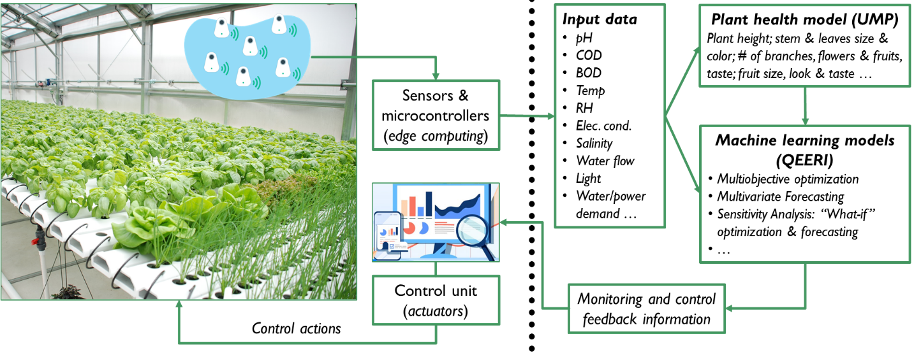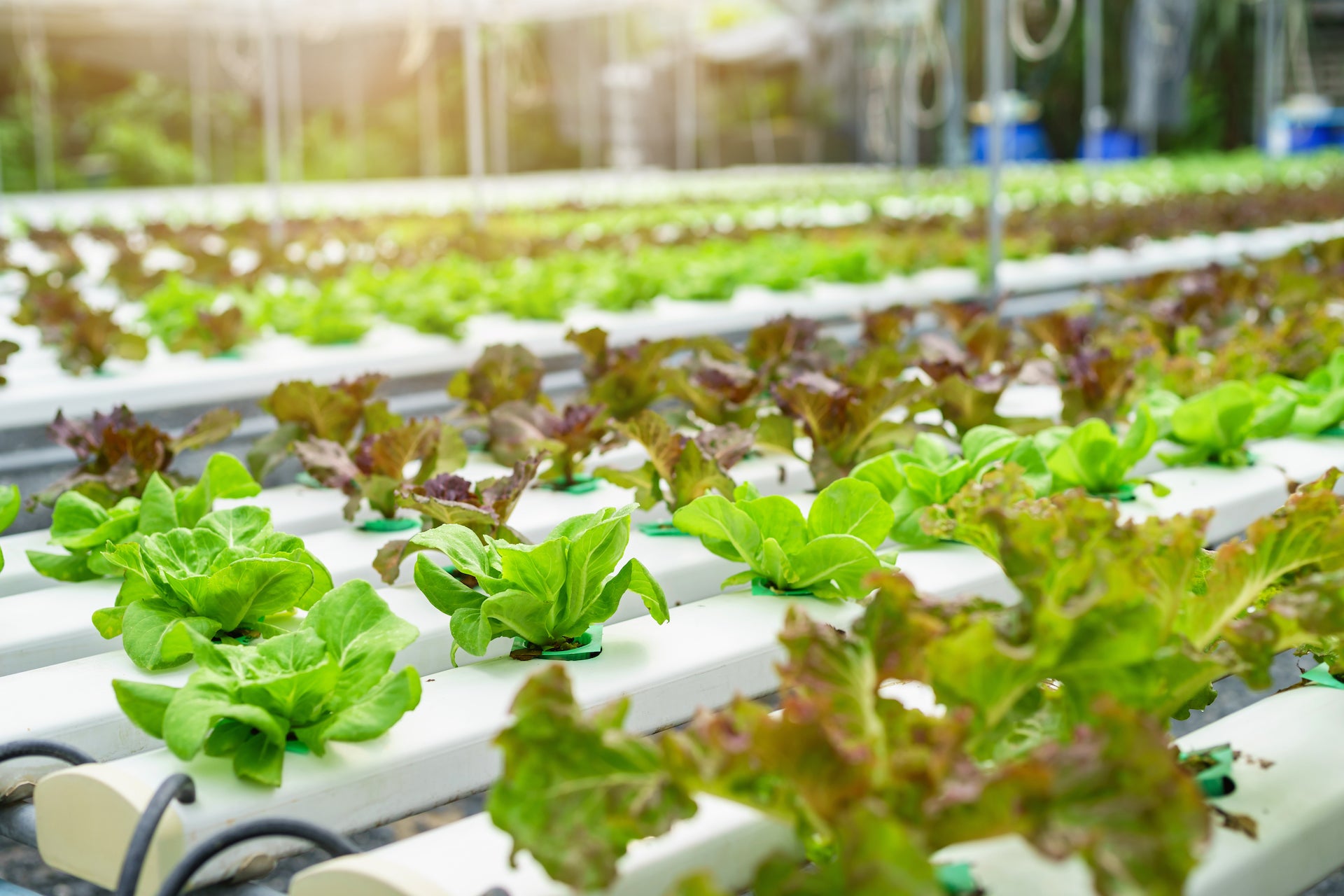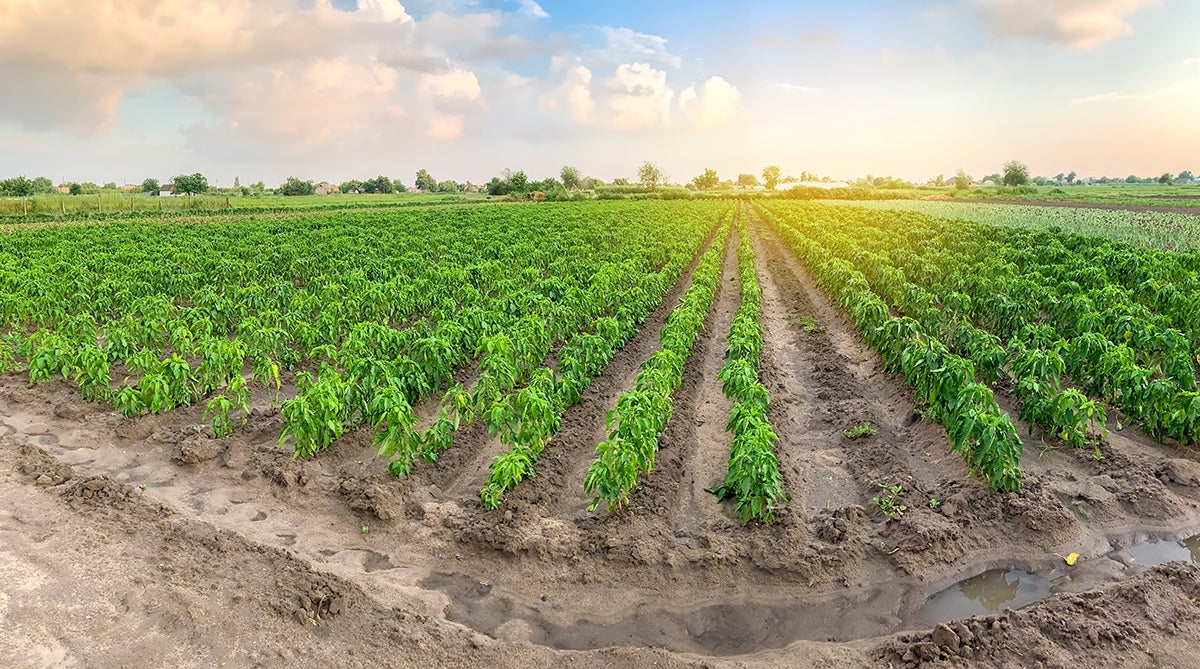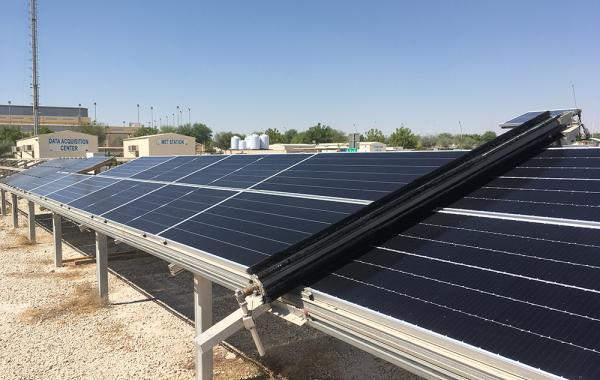by Dr. Antonio P. Sanfilippo, Chief scientist, QEERI; and Giovanni Scabbia, Research Associate, QEERI

Achieving food self-sufficiency requires farming activities to take place all year-round. This is a challenging endeavor in Qatar due to the extreme weather conditions and the scarcity of arable land and water resources. The use of indoor farming practices such as hydroponics can address the lack of arable land and provide one of the most water-efficient solutions for producing crops. However, indoor farming in high temperatures - particularly between April and October - requires extensive use of water for cooling in addition to irrigation. Whether sourced from underground reservoirs, which overall present higher salinity than cooling systems and food crops can accept, or the sea, such extensive use of water entails substantial investments in energy for desalination and water transport processes. The optimization of water and energy safety and efficiency in the production of high-quality vegetables is therefore a key challenge in achieving sustainability in indoor farming in Qatar.
Hydroponics and Aquaponics
Hydroponics is a technique for growing plants in a soilless medium where all the essential plant nutrients are supplied to crops in a water solution via irrigation (fertigation). Hydroponic farming offers a more efficient food production approach than traditional soil-based farming as it enables
- supply of the ideal amount of nutrients to the plants when needed
- higher plant density through “vertical farming” by stacking multiple layers in closer proximity (Barbosa et al. 2015)
- crop production in places where weather and soil conditions are adverse to agricultural production.
Overall, hydroponics provides substantial savings in water (20-30% lower) and fertilizers (30-50%) and reduces the production of waste (Van Os 1994; Grewal et al. 2011; Kern et al. 2015; Barbosa et al. 2015). Additional savings of up to 25% in water and 35% in nutrients can be obtained in closed system solutions, where the nutrient solution is recirculated within the system (Van Os et al. 1990; Gül et al. 1997; Dhakal et al. 2005).
Further improvements in hydroponic horticulture can be achieved with aquaponics, where water from fish farms is utilized as an organic source of plant nutrients in place of artificial fertilizers. Aquaponics adds the economic incentive of lower costs in operation and maintenance as no fertilizers are required and fewer chemical pesticides are needed.
Artificial Intelligence of Things for Food Security
Artificial intelligence of things (AIoT) emerges from the integration of artificial intelligence (AI) methods with internet of things (IoT) infrastructures. The IoT infrastructure offers the sensor technology that enables the monitoring and recording of data from the field in real time. These data are then analyzed using machine learning algorithms developed by AI practitioners to provide optimal decision making.
In the HAIAT project, AIoT is used to develop a Holistic Monitoring and Control System (HMCS) aimed to accelerate local production of high-quality vegetables in hydroponic and aquaponic systems with efficient use of water and electricity. The HMCS relies on a network of low-cost sensors and micro-controllers to collect multifaceted data in greenhouse horticulture settings. The system then transfers the collected data to the QEERI Lab cloud for processing and analysis using models of plant health in conjunction with machine learning methods to create holistic models that optimize vegetable production in local indoor farms while minimizing the use of resources. This process is schematically described in the figure below.
| Agrico/MM Farms | QEERI Lab Cloud |
 |
|
The HAIAT Project
The HAIAT project recently started at QEERI under the auspices of QNRF and the Ministry of Municipality addresses the challenge of optimizing agriculture in hot desert climates by using AIoT methods and technologies to develop a Holistic Monitoring and Control System (HMCS) aimed to accelerate the local production of high-quality vegetables in hydroponic and aquaponic systems with efficient use of water and electricity.
HAIAT stands for Hydroponics and Aquaponics with Artificial Intelligence of Things" and is meant to be phonetically reminiscent of the Arabic word ‘hayat’ (life).
The project started in December 2021 and has two main deliverables: (1) a functional industrial-scale hydroponic monitoring and control system, and (2) a prototype monitoring and control system for aquaponics. These deliverables will be achieved through the following specific aims:
- Identify factors, diagnostics, and strategies that regulate the productivity of high-quality vegetables in hydroponic and aquaponic horticulture
- Design and develop a sensors network, communication infrastructure, and hardware control system for the HAIAT HMCS solution
- Design and develop optimized models of plant health and growth and combine them into the HAIAT HMCS platform
- Install the HAIAT HMCS at the AGRICO and MM test-sites, make available sensor data, and validate HAIAT HMCS at test-sites
- Market, techno-economic and sustainability analyses.
The project has identified the factors that regulate the productivity of high-quality vegetables in hydroponic and aquaponic horticulture, and is currently in the process of designing and installing the IoT infrastructure to collect data about these factors from indoor farms at Agrico and the Al Otouria MM Research Station.
In addition to QEERI, which is the lead partner, the HAIAT consortium includes the Universiti Malaysia Pahang, Agrico – the local industrial leader in hydroponics – and the Al Otouria Research Station of the Ministry of Municipality of Qatar.
For references, please click here.










